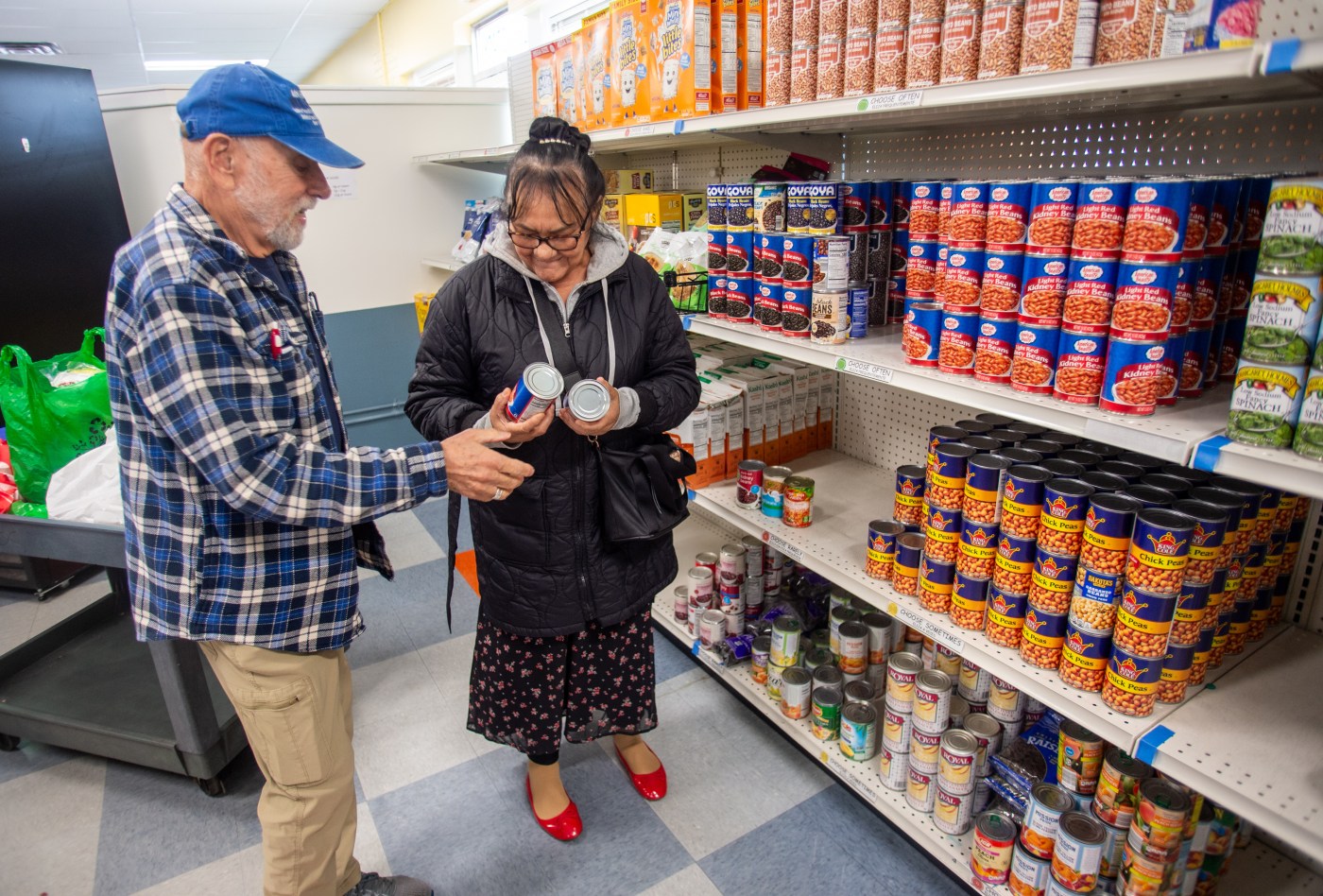In a recent discussion on intimacy challenges faced by busy parents, psychotherapist Vanessa Marin highlighted effective strategies to enhance sexual satisfaction. Marin’s insights come at a time when research indicates that 37% of mothers report feeling “very dissatisfied” or “dissatisfied” with their sexual frequency. Key factors contributing to this dissatisfaction include time constraints, energy levels, and emotional exhaustion.
Many parents find themselves overwhelmed by daily responsibilities, from managing children’s schedules to household chores. After a long day, intimacy may feel like yet another obligation rather than a source of connection. Millennial moms particularly emphasize the impact of energy and time on their sexual satisfaction, with 74% citing these as critical issues.
Initiating Intimacy: A Two-Way Street
Marin suggests that initiating sexual intimacy is crucial for maintaining closeness. She explains, “Initiating sex is about showing your partner that they’re important and that intimacy is a priority for you.” It allows both partners to feel valued and desired, which is essential in a relationship. This is particularly significant for women, who may overlook the fact that men also desire to feel wanted.
For parents who are exhausted, the pressure to feel “in the mood” can be daunting. Marin encourages a shift in perspective: instead of waiting for the perfect moment, consider asking yourself, “Am I open to intimacy?” This mindset can help reduce the pressure surrounding sexual encounters. Marin herself admits to feeling “in the mood” only about 20-25% of the time, yet she still initiates intimacy to foster connection.
Redefining Moments for Connection
The idea of waiting for a perfect romantic setting is unrealistic for many parents. Marin asserts that initiation can occur in small, everyday moments rather than elaborate setups. A simple kiss or playful touch can pave the way for intimacy, transforming mundane interactions into opportunities for connection. “You don’t need hours of uninterrupted time,” she states, emphasizing the importance of seizing small windows of opportunity.
Couples should also examine who typically initiates sexual encounters. Marin believes that both partners should share this responsibility. “If one partner is always initiating, it can start to feel like a burden,” she notes. Open communication is vital. A simple conversation about the importance of mutual initiation can strengthen desire and connection.
If communication proves challenging, Marin suggests scheduling intimate time together. “If you’re not intentional about carving out that time for each other, it’s simply not going to happen,” she advises. This proactive approach can help ensure that intimacy remains a priority amidst busy schedules.
Building Closeness Through Non-Sexual Touch
Beyond physical intimacy, Marin highlights the significance of non-sexual touch in fostering closeness. Activities such as cuddling, hand-holding, and playful flirting can help maintain a connection. She encourages couples to engage in small gestures throughout the day, like sending flirty texts or offering compliments, which can keep the spark alive even when energy levels are low.
Marin explains the physiological benefits of touch, particularly its role in releasing oxytocin, the so-called love hormone. This release occurs within moments of physical contact, providing a sense of comfort and connection. “One of the greatest tragedies of being in a relationship is choosing to spend your life with another person, but winding up feeling invisible to them,” she remarks.
To combat feelings of disconnection, Marin recommends that partners communicate about their desires openly. This can alleviate the pressure associated with physical touch, allowing for more frequent non-sexual interactions that build intimacy.
By focusing on communication, equitable initiation, and incorporating non-sexual touch into daily life, couples can create a more fulfilling intimate relationship. As Marin concludes, transforming a busy parent’s crash onto the bed from a moment of exhaustion to one of relief and connection is entirely possible with intentional effort.







